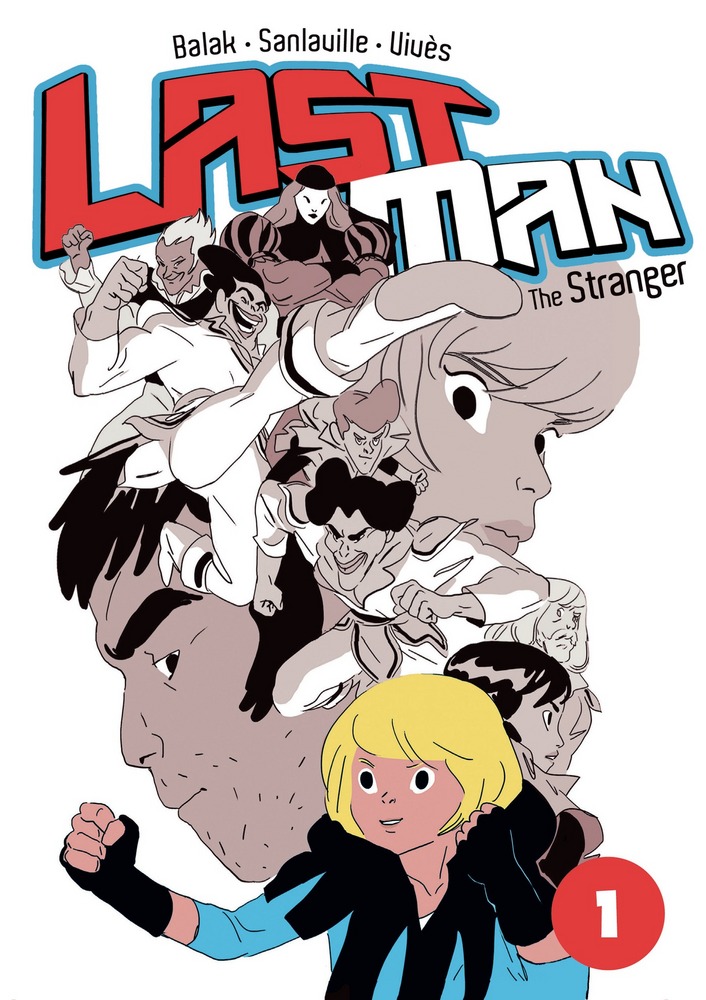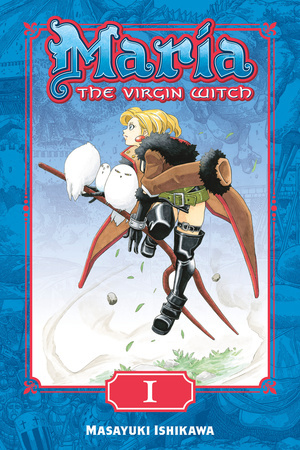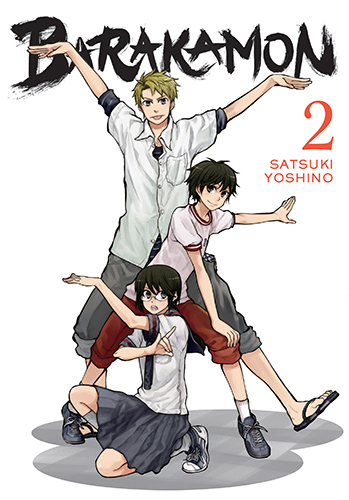My News and Reviews I posted two reviews last week at Experiments in Manga that featured some of Kodansha Comics' newest series: Masayuki Ishikawa's Maria the Virgin Witch, Volume 1, released back …
Continue Reading about My Week in Manga: April 6-April 12, 2015 →




